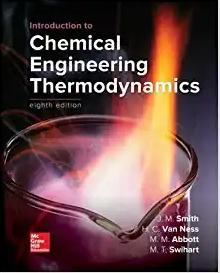Answered step by step
Verified Expert Solution
Question
1 Approved Answer
1. Calculate Heywoods volumetric shape factor(s) of the particle. 2. Calculate the diameter of the volume equivalent sphere of this particle and briefly describe what

1. Calculate Heywoods volumetric shape factor(s) of the particle. 2. Calculate the diameter of the volume equivalent sphere of this particle and briefly describe what this diameter represents, and why we need to calculate it.
TAKE EXTERNAL DIAMETER 23MM, PLEASE SOLVE STEP BY STEP OTHERWISE I WILL DISLIKE.
Before using solid particles in a Chemical Engineering process, the characterisation of particles is essential. A batch of solid particles is prepared in the R\&D department and sent to the Analytical Services department for characterisation purposes. The shape and size of the particles are analysed using the Scanning Electron Microscopy (SEM) method. They found that all your particles are of a shape of a hollow cylinder as well as have a uniform size. Page 2 of 6 The data corresponding to the dimensions of your solid particles is given below: - The external diameter (in mm) of the base of the cylinder: you have to use the 1st and 6th digit of your Student Number (for example, a student with Std. No: 200553086 will have an external diameter of 23mm ). - The internal diameter of the cylinder is 5mm. - The height of the hollow cylinder is 40mmStep by Step Solution
There are 3 Steps involved in it
Step: 1

Get Instant Access to Expert-Tailored Solutions
See step-by-step solutions with expert insights and AI powered tools for academic success
Step: 2

Step: 3

Ace Your Homework with AI
Get the answers you need in no time with our AI-driven, step-by-step assistance
Get Started


